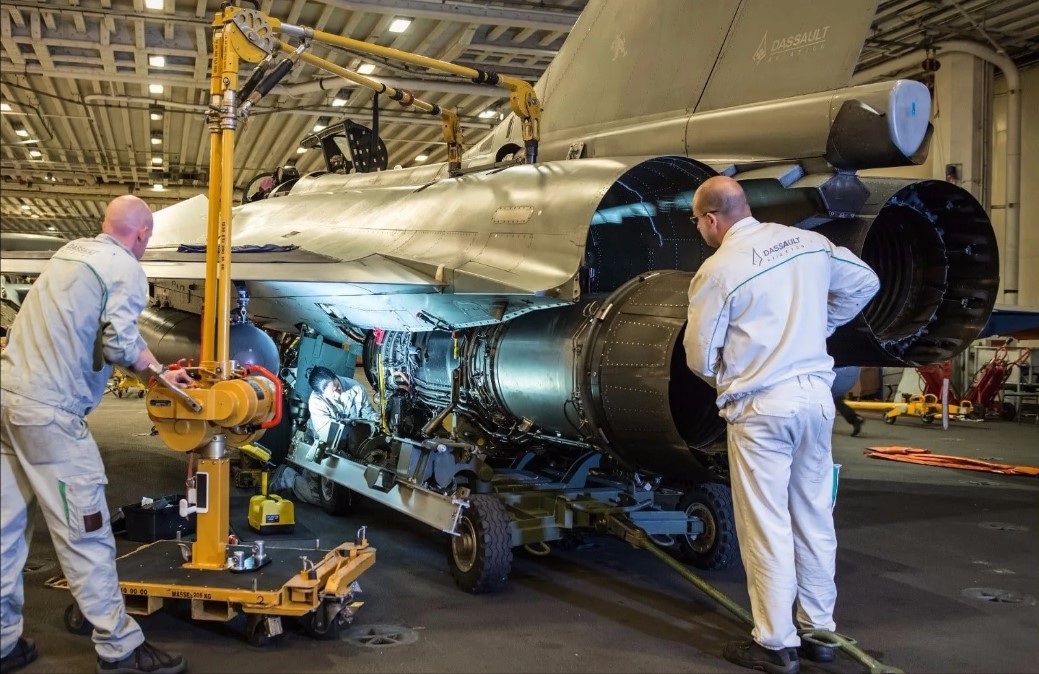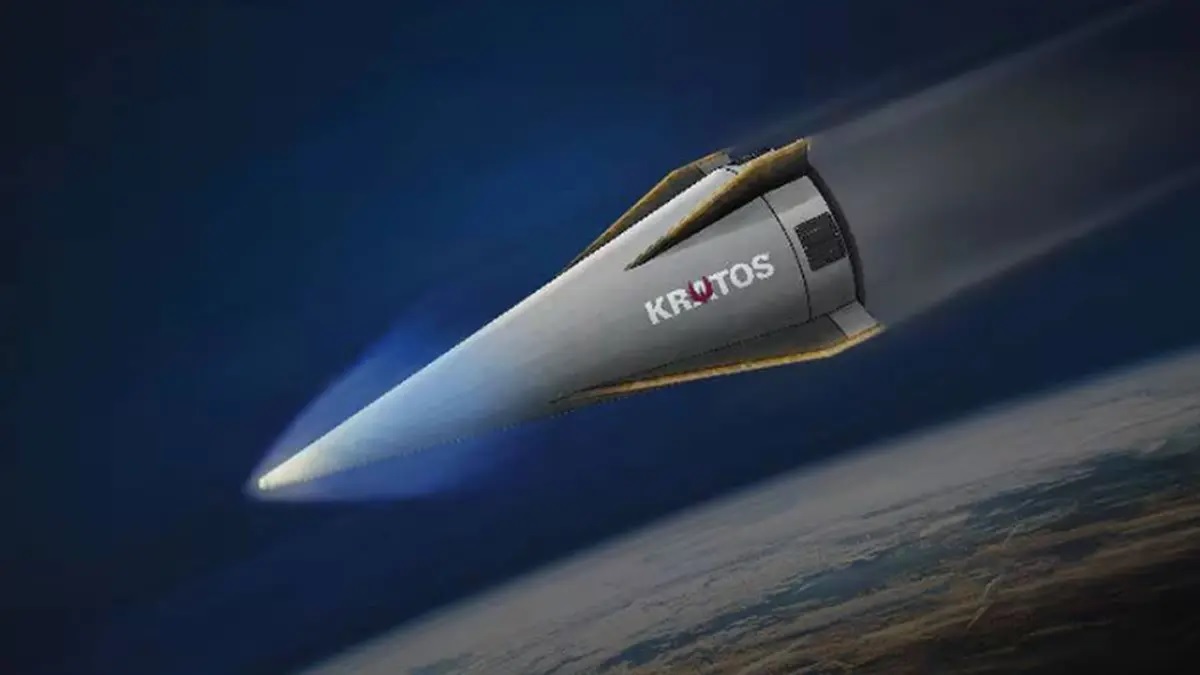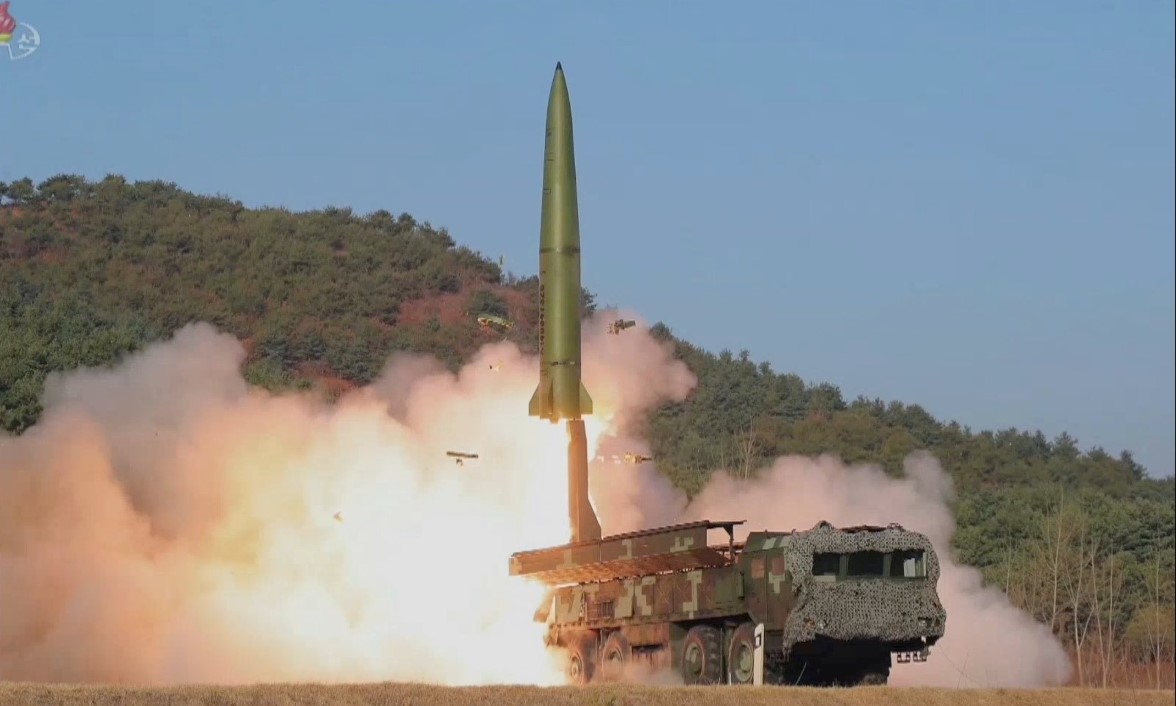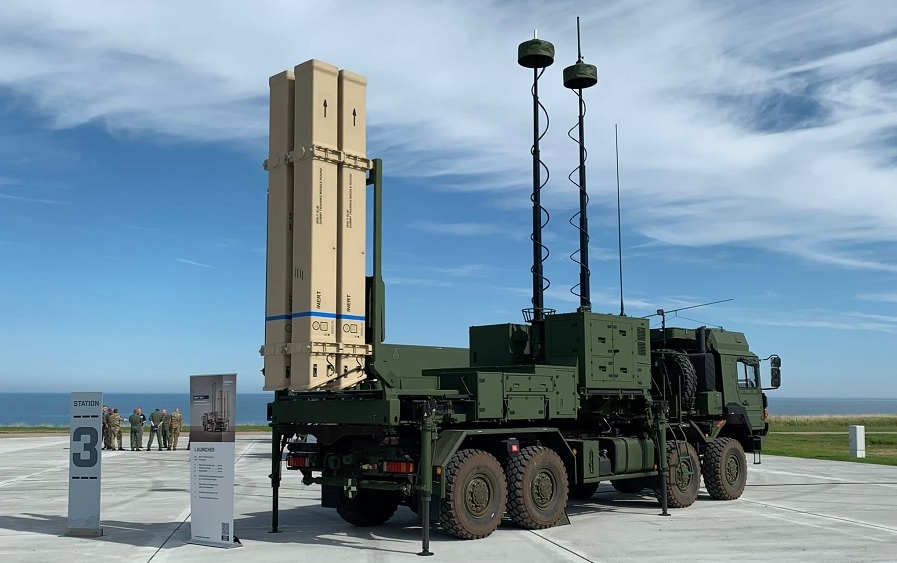India and France Strengthen Defence Ties with Advanced Rafale Radar, AMCA Fighter, Helicopter Engines, and Precision Weapons

India and France are deepening their defence collaboration across multiple domains, focusing on fighter jets, radar systems, helicopter engines, and advanced weaponry. With the Indian Air Force (IAF) operating the Rafale fighter jet and the indigenous Advanced Medium Combat Aircraft (AMCA) in development, both nations are leveraging technology transfer and joint production to enhance India's defence capabilities.
Upgrading Rafale with Advanced AESA Radar
The RBE2-AA (Active Electronically Scanned Array) radar, developed by Thales, is a game-changer for the Rafale fighter jet, significantly enhancing its situational awareness and combat effectiveness. With an extended detection range of over 200 km, the radar enables the Rafale to track multiple targets and engage long-range threats using Meteor beyond-visual-range air-to-air missiles. The RBE2-AA offers:
- High-Resolution Synthetic Aperture Radar (SAR): Allows for detailed ground mapping, improving precision strike capabilities.
- Enhanced Electronic Warfare (EW) Resistance: Provides superior resistance to enemy jamming and radar countermeasures.
- Passive Sensor Integration: The Rafale's Front Sector Optronics (OSF) works alongside the radar to detect and identify threats stealthily.
India's Bharat Electronics Limited (BEL) has played a crucial role in the radar’s production, supplying over 7,000 transmit/receive modules for the RBE2-AA under the "Make in India" initiative. This collaboration also extends to the Rafale’s SPECTRA Electronic Warfare suite, further strengthening the jet’s survivability in contested airspace.
AMCA Fighter: India’s Future Stealth Jet with French Engine Expertise
India’s AMCA program, a fifth-generation stealth fighter designed by the Aeronautical Development Agency (ADA), is set to benefit from Indo-French cooperation. Safran, a leading French aerospace firm, is co-developing a 110kN high-thrust engine for the AMCA Mk-2 in partnership with the Defence Research and Development Organisation (DRDO). Key highlights of this engine development include:
- Full Technology Transfer: The engine will be manufactured entirely in India, supporting India's goal of self-reliance in high-end aerospace technology.
- Stealth and Supersonic Capabilities: The AMCA will feature advanced stealth coatings, supercruise ability, and AI-driven avionics, making it a formidable addition to the IAF.
- Shared Intellectual Property (IP) Rights: Unlike previous deals where India relied on foreign suppliers, this agreement ensures India retains key design and manufacturing knowledge.
The contract for the AMCA engine development is expected to be signed in 2024, keeping the project on track for production by 2035. This partnership also lays the groundwork for future indigenous fighter jet programs like the Twin Engine Deck-Based Fighter (TEDBF) for the Indian Navy.
Aravalli Helicopter Engine: Powering India’s Future Rotorcraft
India’s upcoming Indian Multi-Role Helicopter (IMRH) and Deck-Based Multi-Role Helicopter (DBMRH) will be powered by the newly developed Aravalli engine, a joint effort between Hindustan Aeronautics Limited (HAL) and Safran Helicopter Engines.
- Engine Power Output: Each Aravalli turboshaft engine will generate 2,000 kW (2,800 shp), providing enhanced performance for medium-lift helicopters.
- Indigenous Production: The engine will be developed under the SAFHAL joint venture, ensuring long-term manufacturing capability within India.
- Operational Versatility: Designed for troop transport, logistics, medical evacuation, and naval operations, the IMRH and DBMRH will replace aging Mi-17 and Sea King helicopters in the Indian armed forces.
The first prototypes of the IMRH will initially use existing Safran engines, with the Aravalli expected to be integrated within the next five years.
HAMMER Missile: Boosting India’s Strike Capabilities
The HAMMER (Highly Agile Modular Munition Extended Range) missile, originally developed by Safran Electronics & Defense for the French Air Force, has been integrated into the Indian Air Force’s Rafale jets. Now, India is expanding its deployment across other platforms, including the indigenous LCA Tejas.
- Guidance Options: The HAMMER missile features a hybrid Inertial Navigation System (INS) with GPS, an infrared homing variant, and a laser-guided version for engaging moving targets.
- Extended Strike Range: With a range exceeding 70 km, the missile can destroy fortified enemy positions and mobile targets with pinpoint accuracy.
- Modular Warhead Configurations: The missile can be equipped with 125 kg, 250 kg, 500 kg, and 1,000 kg warheads, offering flexibility in mission planning.
BEL and Safran are collaborating on local production, ensuring India gains expertise in precision-guided munitions while reducing dependence on foreign suppliers.
Strategic Implications for Indo-French Defence Partnership
These defence collaborations underscore the deepening ties between India and France, going beyond aircraft acquisitions to encompass technology co-development and manufacturing. By leveraging French expertise in radar, aircraft engines, and missile systems, India is strengthening its domestic defence industry while enhancing its military capabilities.
The synergy between the two nations ensures that India remains at the forefront of defence innovation while achieving greater self-sufficiency in military technology.



